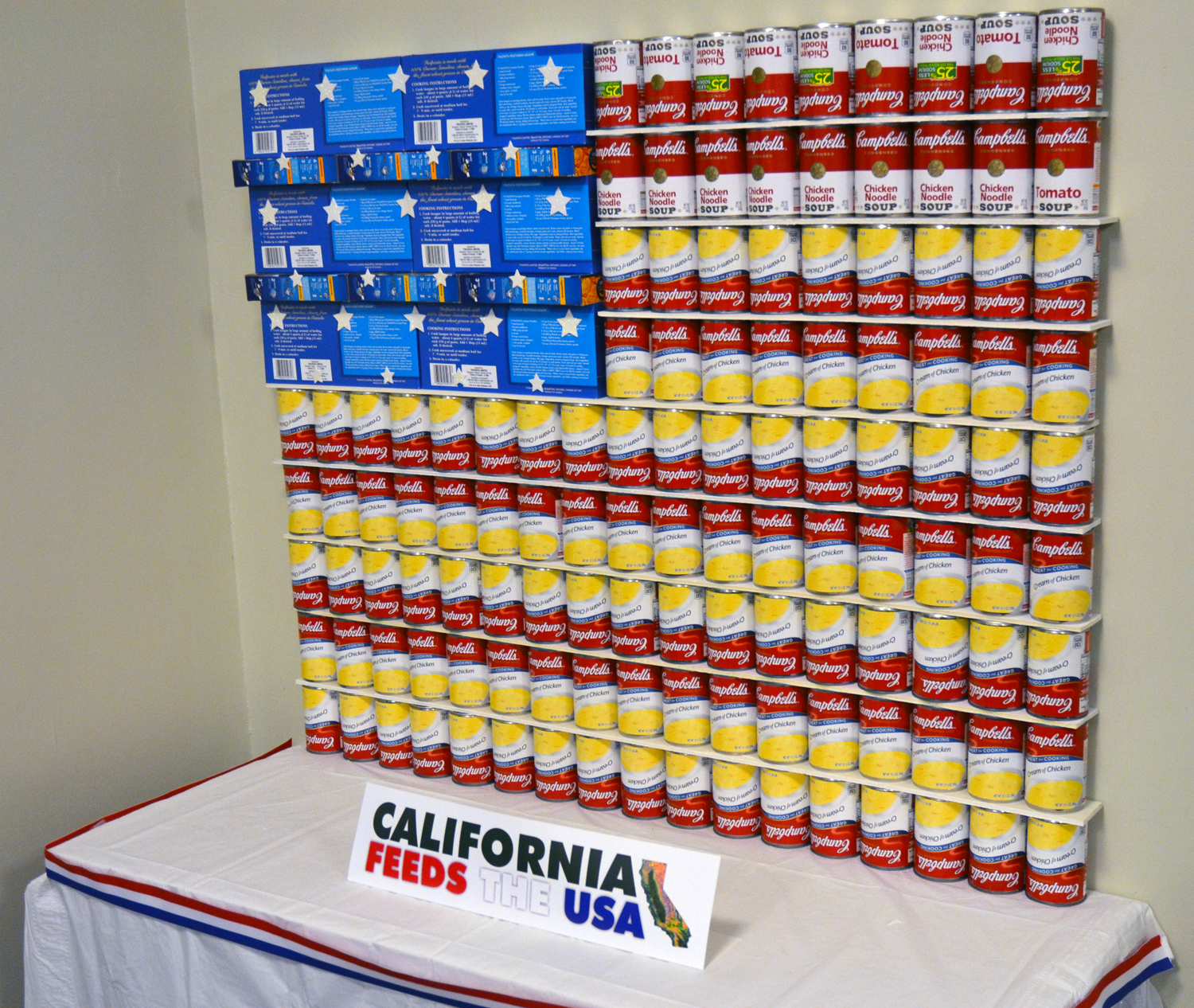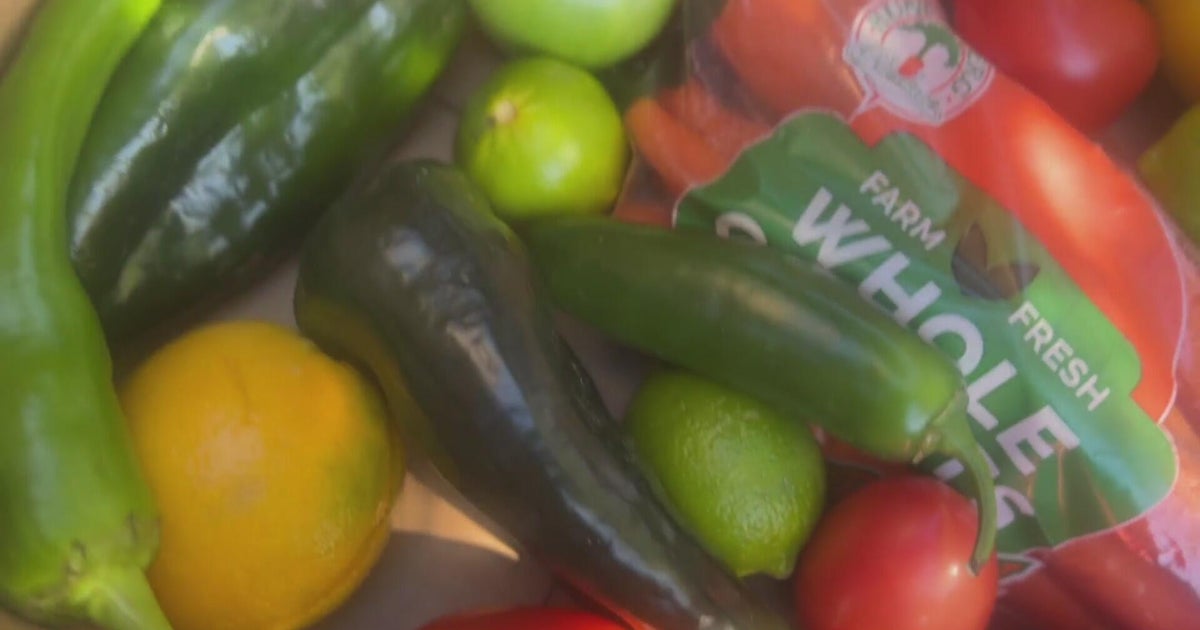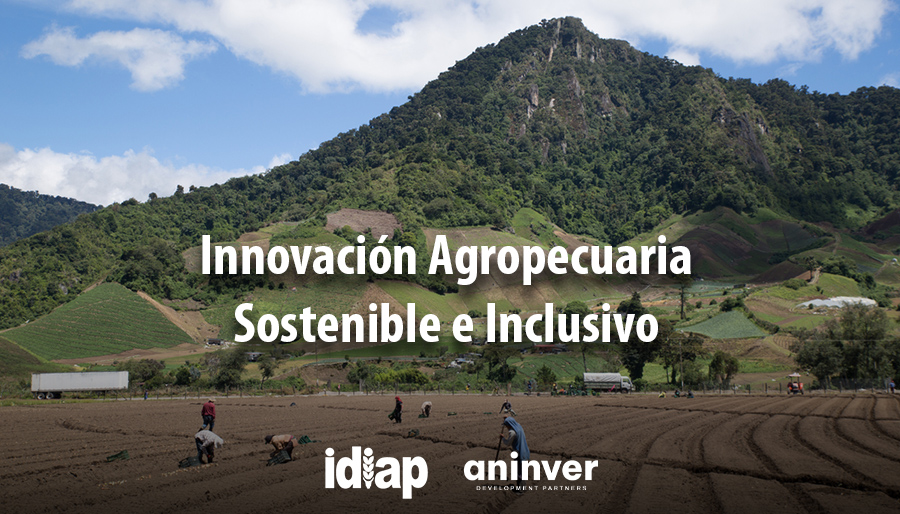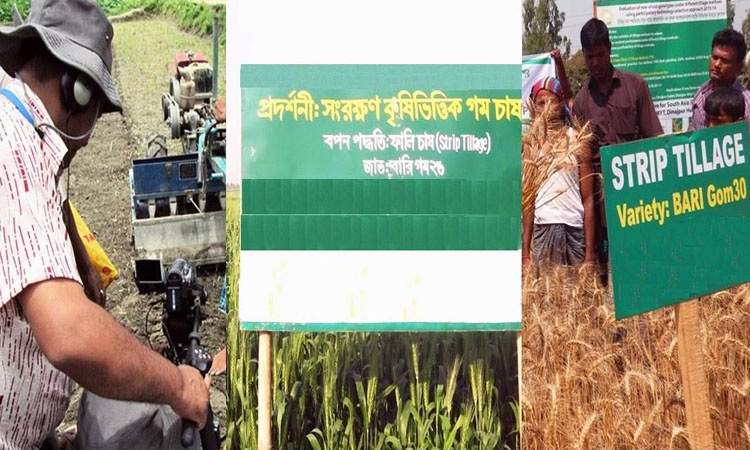First Fruits Market helping to keep families fed and fight food insecurity – ABC30 Fresno

Report on the Central California Food Bank’s Initiative to Combat Food Insecurity
The Central California Food Bank is implementing strategic initiatives to address regional food insecurity, directly contributing to the United Nations’ Sustainable Development Goals (SDGs). A primary example is the First Fruits Market in Central Fresno, which provides essential services to the community while aligning with global targets for sustainability and human well-being.
Addressing SDG 2: Zero Hunger through Community-Based Action
The core mission of the First Fruits Market is to combat local hunger, a direct action in support of SDG 2: Zero Hunger. The initiative provides reliable access to nutritious food for vulnerable populations facing economic hardship.
The First Fruits Market: An Operational Overview
Functioning as Fresno’s first free grocery store, the market offers a structured and dignified method for food distribution. The operational model includes:
- Location and Hours: The market is located off Dakota Street and operates every Wednesday, Friday, and Saturday from 8:30 a.m. to 2:30 p.m.
- Distribution Process: Community members, referred to as neighbors, receive tickets to shop. Upon entry, they are checked in by volunteers and can select up to 15 grocery items.
- Product Availability: A variety of goods are offered, including fresh fruits, vegetables, canned goods, and staples such as rice, beans, and bread.
Quantifying the Impact and Need
The scale of the food insecurity challenge in the region is significant, underscoring the importance of this program.
- Community Reach: The First Fruits Market serves approximately 250 households each day it is open.
- Regional Statistics: According to the Central California Food Bank, one in four individuals in the region struggles with hunger daily.
- Increasing Demand: The organization reports that the need for food assistance is currently greater than it was during the peak of the pandemic, highlighting a growing crisis.
Intersecting with Broader Sustainable Development Goals
Beyond its primary focus on hunger, the First Fruits Market contributes to several other interconnected SDGs, demonstrating a holistic approach to community support.
Promoting Economic Relief and Reducing Inequalities (SDG 1 & SDG 10)
The market provides a crucial safety net for individuals facing economic pressure, directly addressing SDG 1: No Poverty and SDG 10: Reduced Inequalities. By offering free groceries, it alleviates the financial burden of high food prices, particularly for those on fixed incomes, such as social security recipients. The model, described by a recipient as “a hand up, not a handout,” fosters dignity and respect, reducing the stigma often associated with aid.
Enhancing Good Health and Well-being (SDG 3)
By providing consistent access to fresh produce and nutritious staples, the initiative supports SDG 3: Good Health and Well-being. Access to a healthy diet is fundamental to preventing malnutrition and promoting positive health outcomes within the community.
Fostering Sustainable Communities and Partnerships (SDG 11 & SDG 17)
The success of the First Fruits Market is built on collaboration, reflecting the principles of SDG 11: Sustainable Cities and Communities and SDG 17: Partnerships for the Goals.
- Community-Centric Model: The market creates an inclusive space that strengthens the community fabric.
- Reliance on Partnerships: The operation is sustained through a network of support, including financial contributions from donors, where every dollar can provide up to four meals.
- Volunteer Engagement: The program relies on volunteers to manage operations, demonstrating strong community participation and partnership.
Conclusion: A Model for Sustainable Food Security
The Central California Food Bank’s First Fruits Market serves as an effective and dignified model for tackling food insecurity at the local level. Its operational framework not only provides immediate relief but also aligns with the broader objectives of the Sustainable Development Goals, contributing to poverty reduction, improved health, reduced inequalities, and the development of a resilient, sustainable community through strategic partnerships.
Sustainable Development Goals (SDGs) Addressed in the Article
-
SDG 2: Zero Hunger
- The article’s primary focus is on the Central California Food Bank’s mission to “fight food insecurity” and the statement that “One in four neighbors struggle with hunger on a daily basis.” The First Fruits Market directly addresses this by providing free access to essential food items like “vegetables and fruits, to canned goods,” aiming to end hunger in the local community.
-
SDG 1: No Poverty
- The article highlights the economic strain faced by residents, noting that “Everything is so high right now at the super markets” and that these “outrageous” prices are a source of stress. The market provides a “huge relief” for individuals like Jovita Reyes, who “lives on a social security check,” directly addressing the challenge of poverty by providing essential goods for free, thus alleviating financial burdens.
-
SDG 10: Reduced Inequalities
- The initiative targets vulnerable populations who cannot afford basic necessities, thereby reducing the inequality of access to food. The article states, “Hunger knows no bounds. It’s in every single community,” and the market provides a service that gives people a “hand up, not a handout” with “dignity and care.” This promotes social and economic inclusion by ensuring that people, regardless of their economic status, have access to food.
Specific SDG Targets Identified
SDG 2: Zero Hunger
-
Target 2.1: By 2030, end hunger and ensure access by all people, in particular the poor and people in vulnerable situations, to safe, nutritious and sufficient food all year round.
- The article describes how the First Fruits Market provides “access to emergency food relief” for people in Central California. It offers a variety of groceries, including “staples like rice, beans and bread,” directly contributing to ensuring year-round access to sufficient food for vulnerable people.
SDG 1: No Poverty
-
Target 1.2: By 2030, reduce at least by half the proportion of men, women and children of all ages living in poverty in all its dimensions according to national definitions.
- The market acts as a social protection system for those experiencing economic hardship. By providing free groceries, it directly mitigates the impact of poverty for individuals on fixed or low incomes, such as Jovita Reyes on her “social security check,” who struggle with the “outrageous” price of food.
SDG 10: Reduced Inequalities
-
Target 10.2: By 2030, empower and promote the social, economic and political inclusion of all, irrespective of age, sex, disability, race, ethnicity, origin, religion or economic or other status.
- The market’s model promotes the social and economic inclusion of people in need. By creating an environment that feels “just like being in a super market” and providing help with “dignity and care,” it empowers individuals and reduces the stigma associated with receiving aid, ensuring access is based on need rather than economic status.
Indicators for Measuring Progress
-
Prevalence of food insecurity:
- The article explicitly mentions a key statistic that serves as an indicator of the problem’s scale: “One in four neighbors struggle with hunger on a daily basis.” This directly relates to the official SDG indicator 2.1.2 (Prevalence of moderate or severe food insecurity).
-
Number of beneficiaries served:
- A direct output indicator is mentioned: “The First Fruits Market helps about 250 households.” This quantifies the reach of the program in addressing the identified need.
-
Demand for food assistance:
- The article implies a high demand for the service, which can be used as an indicator of ongoing need. The description that “there’s always a long line formed outside of folks hoping for help” before the market opens serves as a qualitative indicator of this demand.
-
Efficiency of donations:
- An indicator for the efficiency of the partnership and resource mobilization is provided: “every dollar donated to the food bank can provide about up to four meals.” This measures the impact of financial contributions toward the goal.
Summary Table: SDGs, Targets, and Indicators
| SDGs | Targets | Indicators |
|---|---|---|
| SDG 2: Zero Hunger | 2.1 End hunger and ensure access by all people to safe, nutritious and sufficient food. |
|
| SDG 1: No Poverty | 1.2 Reduce the proportion of people living in poverty. |
|
| SDG 10: Reduced Inequalities | 10.2 Empower and promote the social and economic inclusion of all. |
|
Source: abc30.com

What is Your Reaction?
 Like
0
Like
0
 Dislike
0
Dislike
0
 Love
0
Love
0
 Funny
0
Funny
0
 Angry
0
Angry
0
 Sad
0
Sad
0
 Wow
0
Wow
0



























;Resize=805#)



















































